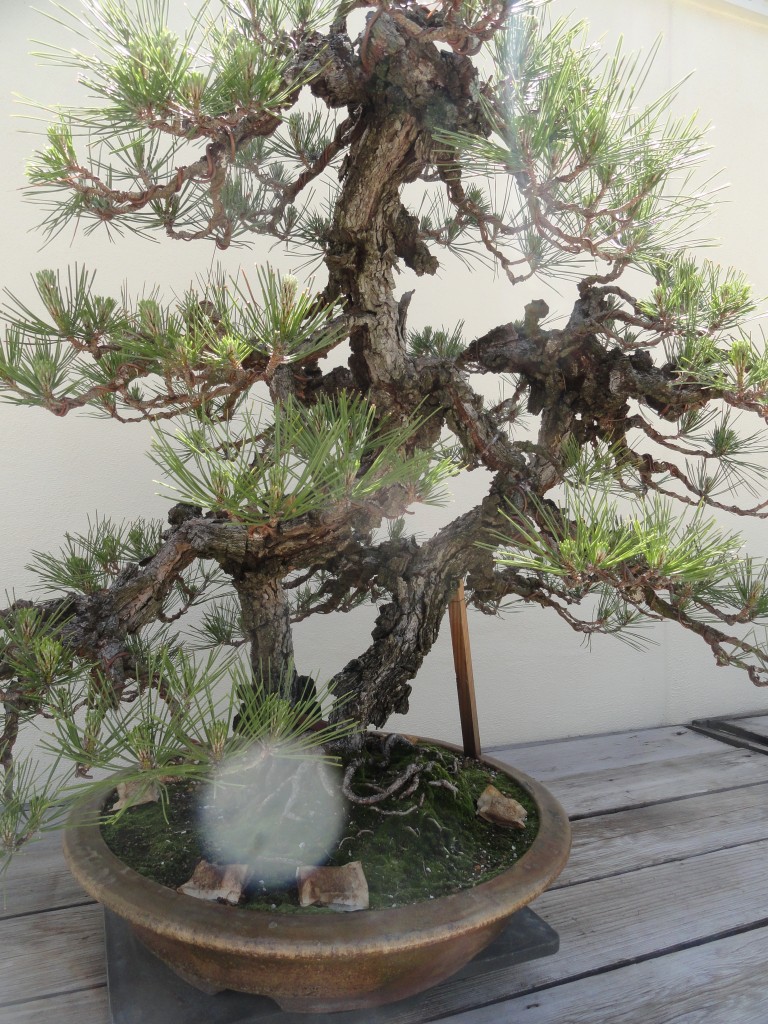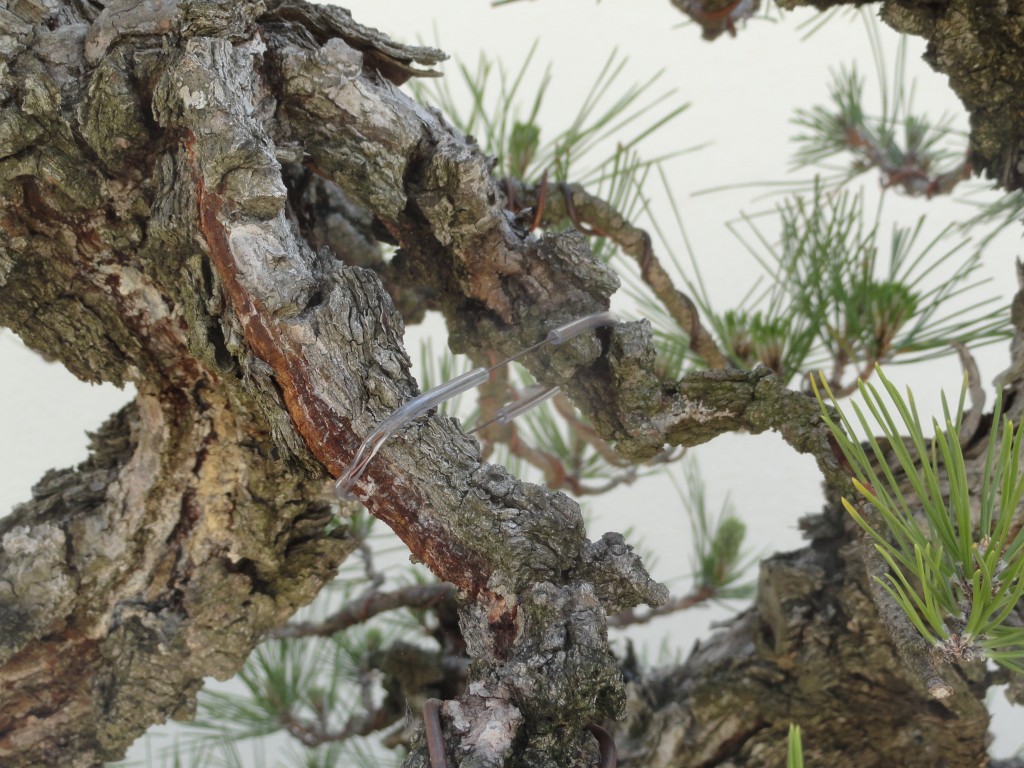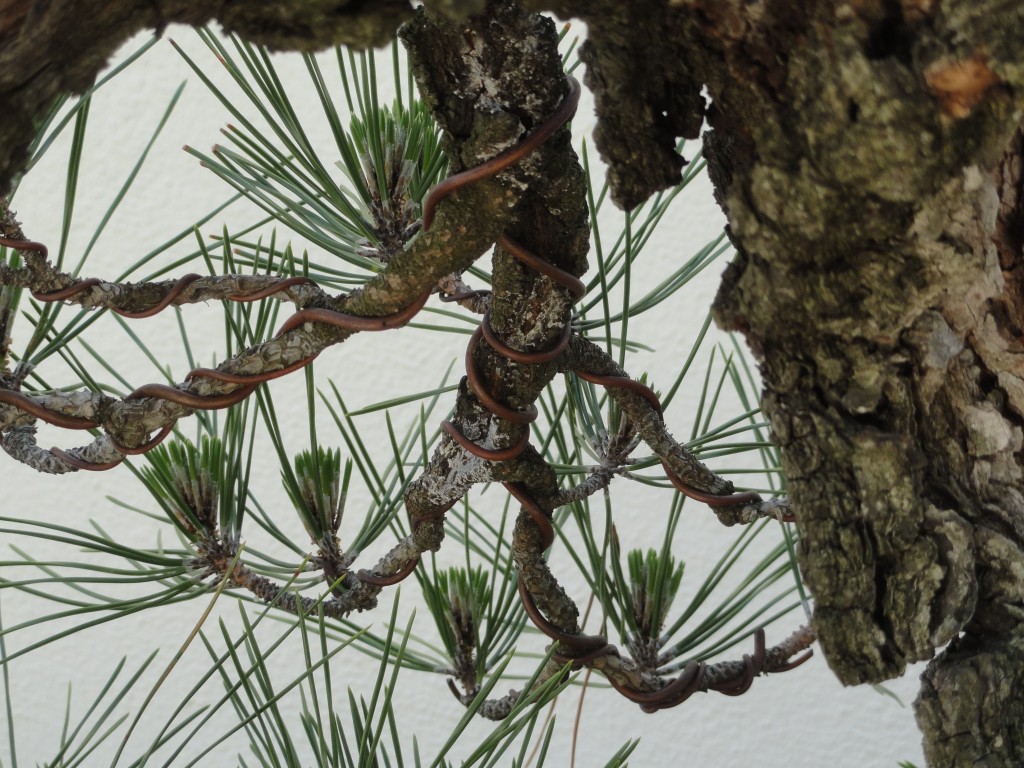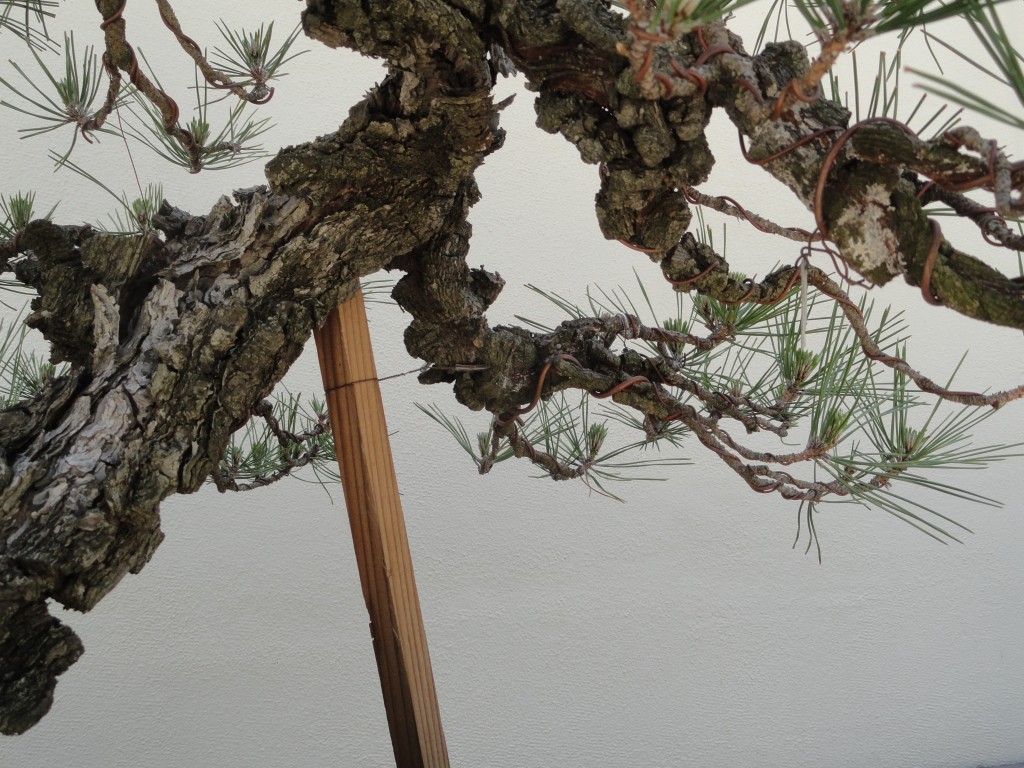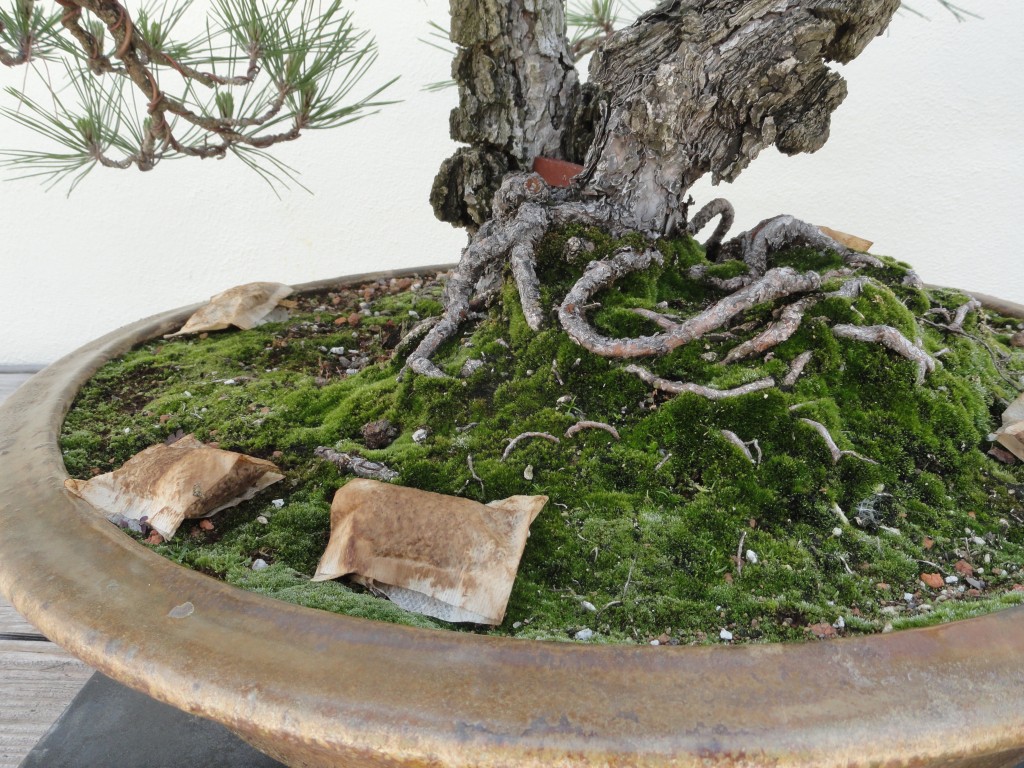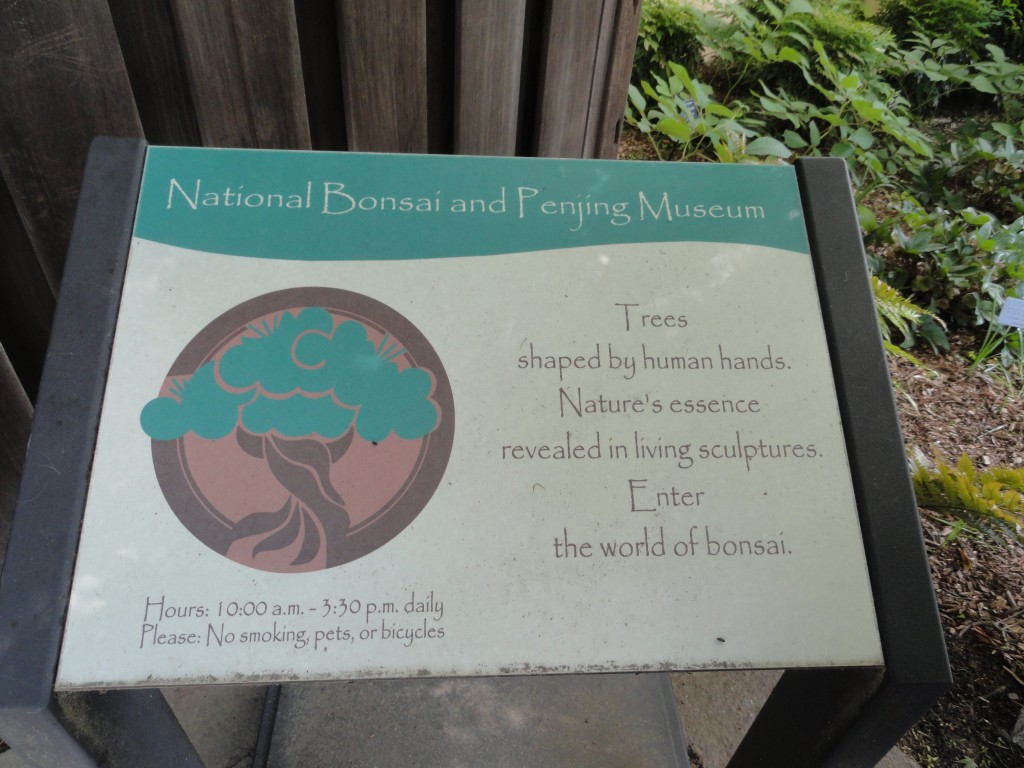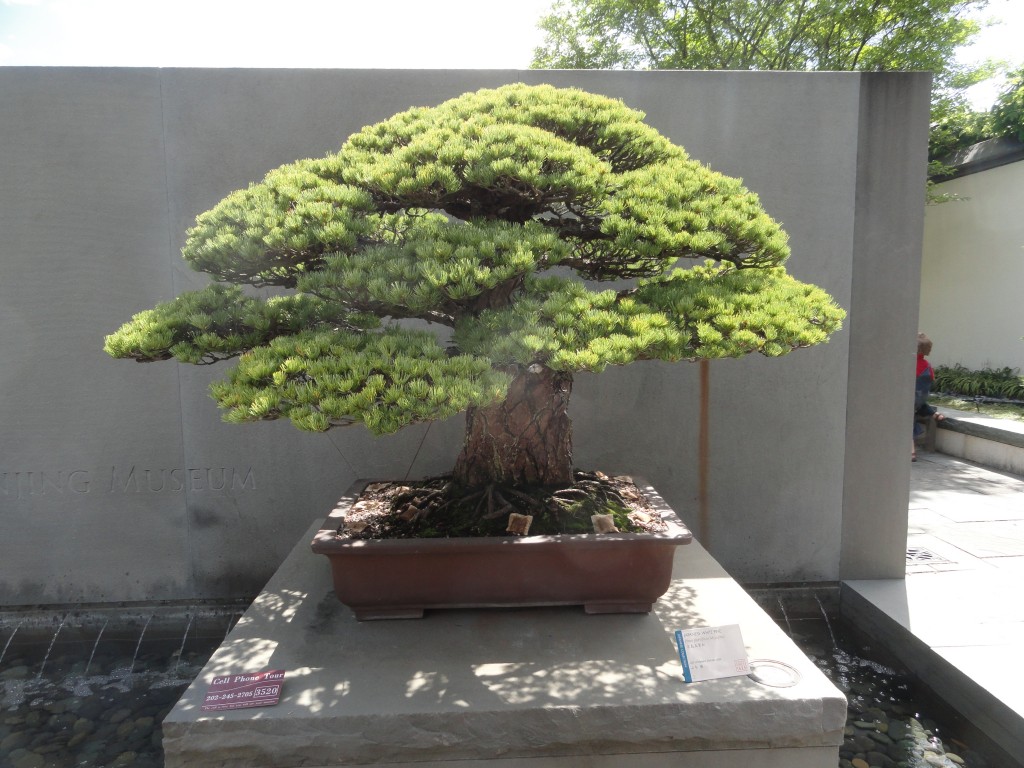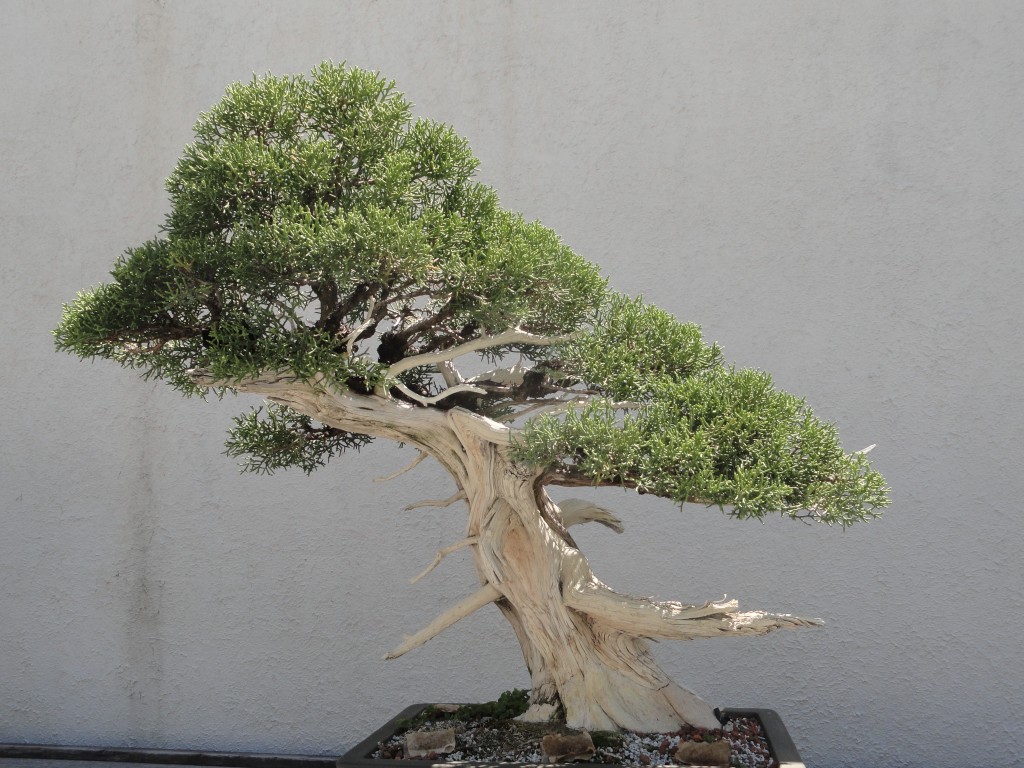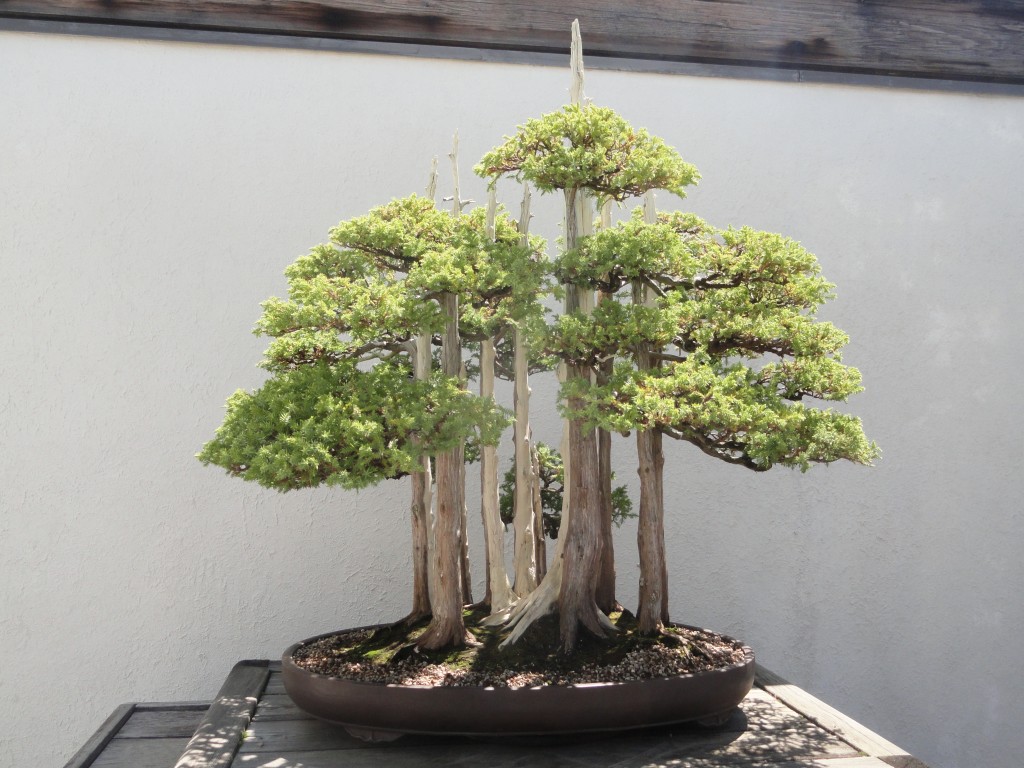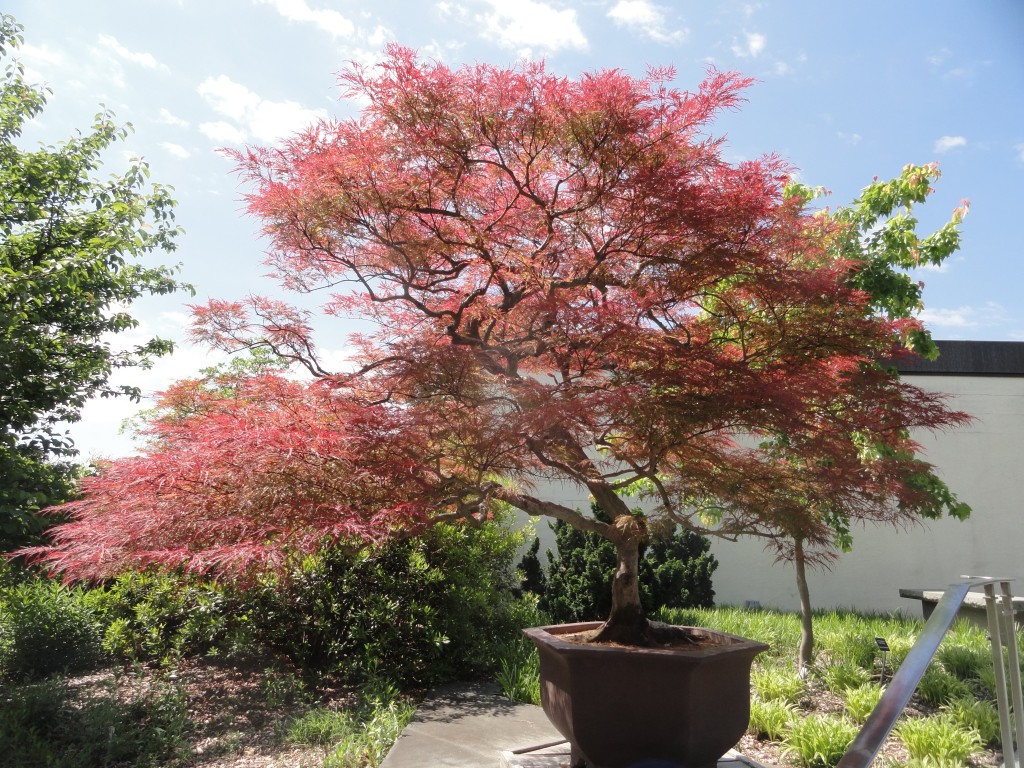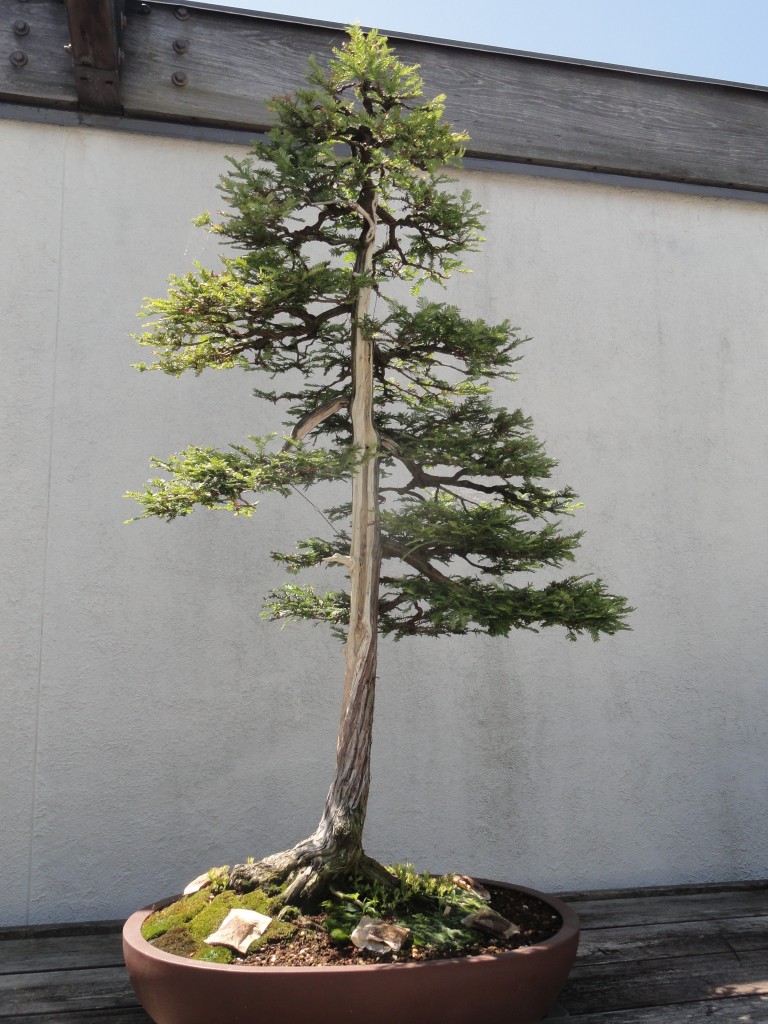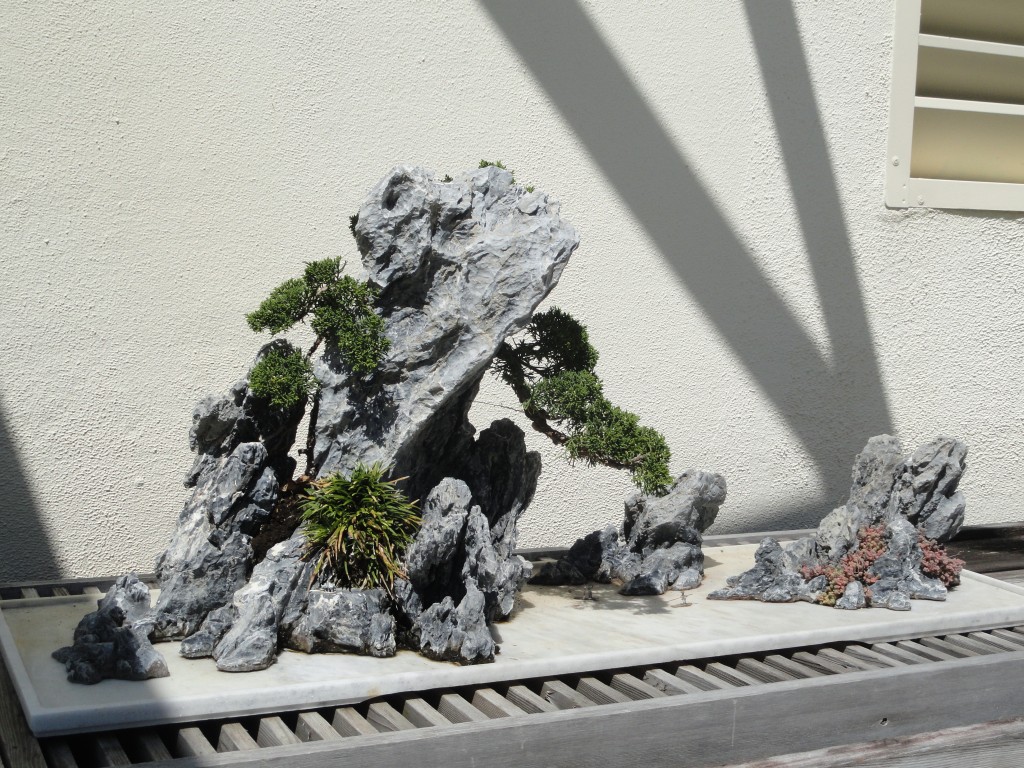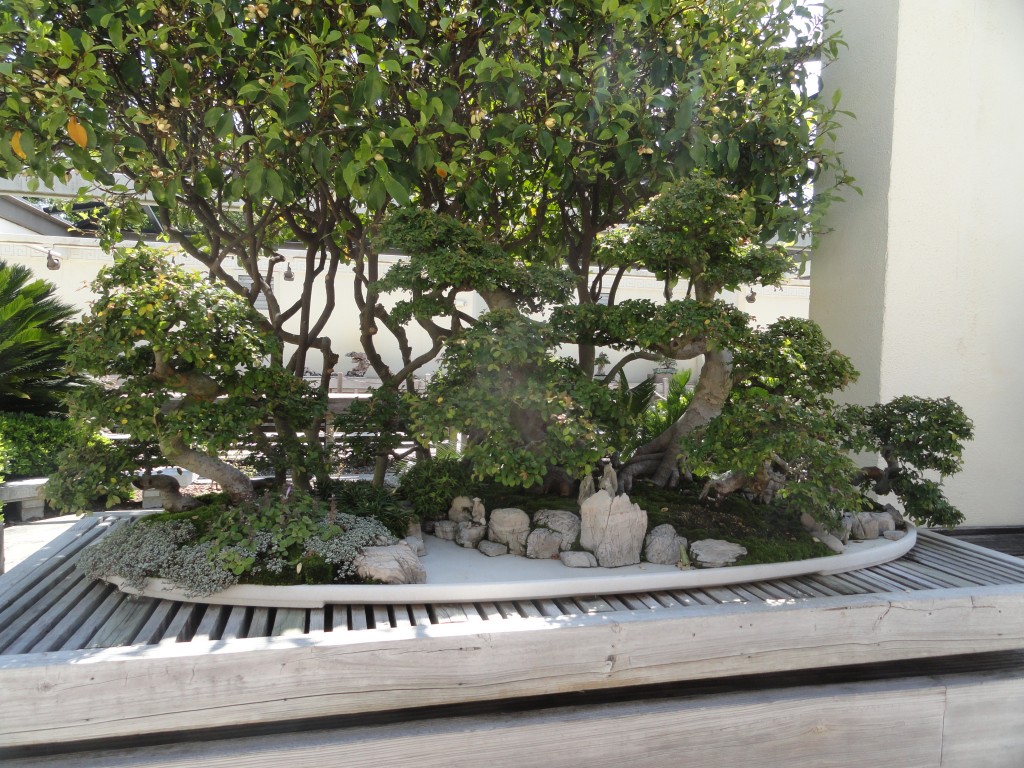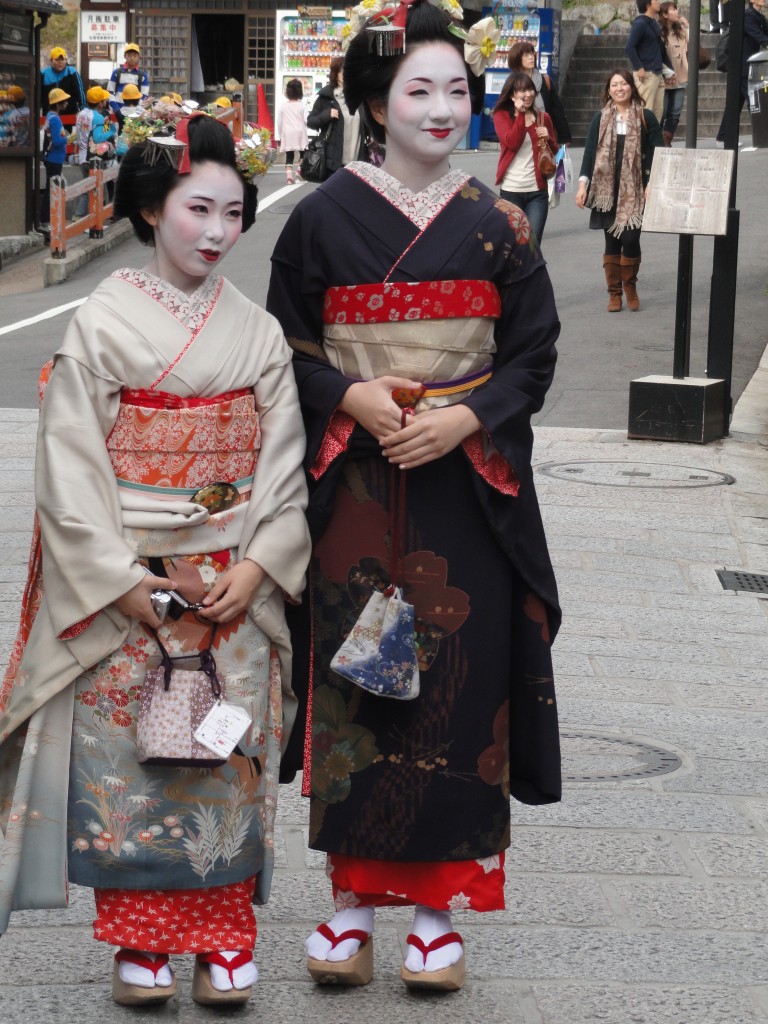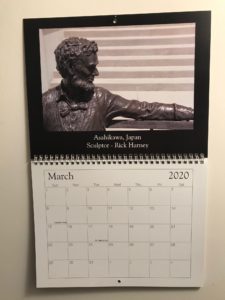 Travel has been curtailed for the near future due to coronavirus, so I remember my trip to Japan as I look at the March calendar photo from David Wiegers. You can click on these links to see the entries for January (Scotland) and February (Ecuador). March takes us to Asahikawa, Japan. The second largest city on Japan’s norther Hokkaido island, Asahikawa is about a two hour drive northeast of Sapporo. Mount Asahi looms further to the east, while downtown you can slurp the city’s signature ramen noodle soup.
Travel has been curtailed for the near future due to coronavirus, so I remember my trip to Japan as I look at the March calendar photo from David Wiegers. You can click on these links to see the entries for January (Scotland) and February (Ecuador). March takes us to Asahikawa, Japan. The second largest city on Japan’s norther Hokkaido island, Asahikawa is about a two hour drive northeast of Sapporo. Mount Asahi looms further to the east, while downtown you can slurp the city’s signature ramen noodle soup.
Asahikawa also has a statue of Lincoln.
More than a statue, a full-sized Lincoln with his stove-pipe hat lounges casually on a park bench, his arm outstretched as he gazes the empty seat next to him in anticipation of passersby stopping to chat or tell stories. It might look familiar to you because it is a copy of the statue sitting in front of the McLean County History Museum in Bloomington, Illinois. Bloomington/Normal is a sister city with Asahikawa. The sculptor, Rick Harney, is a Normal resident who also has Lincoln sculptures in Pontiac and Danville, Illinois. The one in Asahikawa is his only one in Japan.
I had the privilege of seeing the statue in Bloomington during a visit with the Lincoln Group of DC a few years ago.
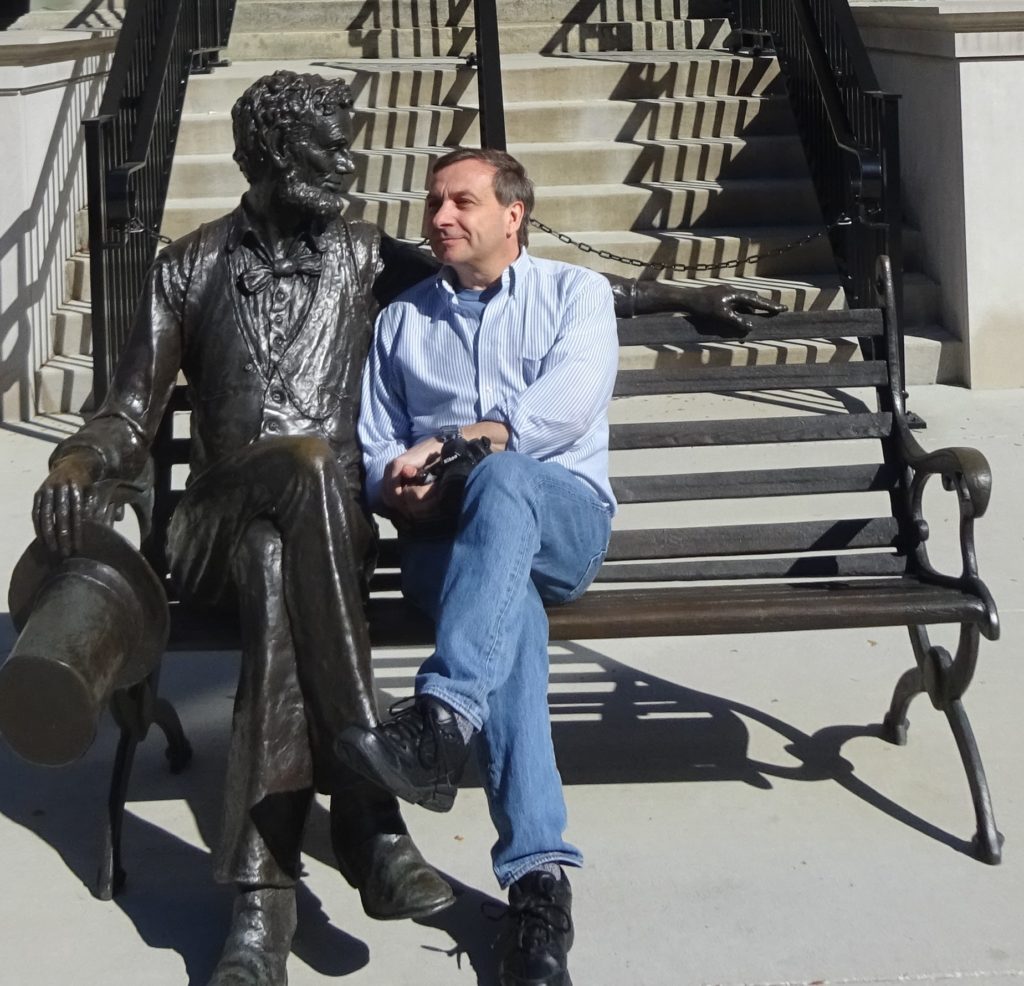
My whirlwind tour of Japan a few years ago took me to Tokyo, Osaka, and Kyoto, but not as far north as Hokkaido, although it’s on my list for the future. While in Japan I got to ride the Shinkansen bullet train (with a view of the bottom part of Mount Fuji; the top was shrouded in clouds), hike among the gates of the Inari Temple in Kyoto, check out the aquarium in Osaka, and checked out Tokyo’s nightlife in Shibuya and Shinjuku. Then there was the “conversation” I had with a dignified yet tipsy Japanese man on the Yamenote line around Tokyo.
Each month I get to be reminded of overseas travels and how Abraham Lincoln has been revered all over the world. Next month, like January, adds a frustration I’ve experienced several times – sometimes I don’t see the statue even though I was at the location. Stay tuned.
David J. Kent is an avid science traveler and the author of Lincoln: The Man Who Saved America, in Barnes and Noble stores now. His previous books include Tesla: The Wizard of Electricity and Edison: The Inventor of the Modern World and two specialty e-books: Nikola Tesla: Renewable Energy Ahead of Its Time and Abraham Lincoln and Nikola Tesla: Connected by Fate.
Check out my Goodreads author page. While you’re at it, “Like” my Facebook author page for more updates!



